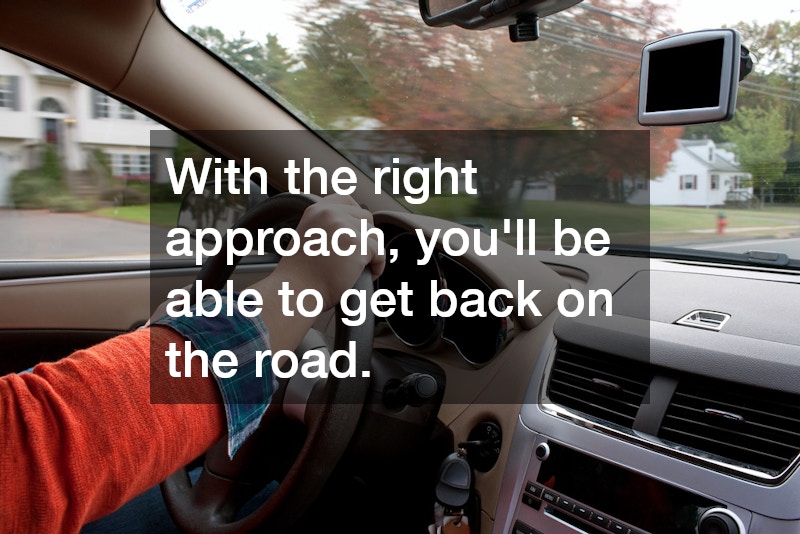
Hurricanes can be devastating, and their aftermath often leaves a trail of destruction that affects not only homes but also vehicles. If you’ve experienced a hurricane, understanding how your auto insurance will respond is crucial. Here’s what you can expect from your auto insurance after a hurricane and how to navigate the process smoothly.
1. Understanding Your Coverage
The first step in managing your auto insurance after a hurricane is to know what coverage you have.
Generally, there are two main types of coverage relevant to hurricane damage:
Comprehensive Coverage: This protects against non-collision-related incidents, including damage from hurricanes, flooding, and falling debris. If you have comprehensive coverage, you’re more likely to be covered for hurricane-related damage.
Collision Coverage: This covers damage resulting from a collision, regardless of fault. While it may not apply directly to hurricane damage, it’s worth reviewing your policy for any additional benefits.
If you’re unsure about your coverage, review your policy or contact your insurance agent for clarification.
2. Reporting the Damage
After a hurricane, the first thing you should do is document any damage to your vehicle. Take clear photos from multiple angles and note any specific details about the damage. This documentation will be essential when filing your claim.
Next, contact your insurance provider as soon as possible to report the damage. Many companies have dedicated hotlines for claims related to natural disasters. When you call, be prepared to provide your policy number, details about the damage, and your documentation. The sooner you report the damage, the quicker the claims process can begin.
3. The Claims Process
Once you’ve reported the damage, your insurance company will guide you through the claims process. Here’s what to expect:
Claim Assignment: After filing your claim, it will be assigned to an adjuster who will evaluate the damage to your vehicle.
Inspection: The adjuster may schedule an inspection of your vehicle to assess the extent of the damage. If your vehicle is undrivable, they may arrange for a tow to a repair facility.
Repair Estimates: The adjuster will obtain repair estimates from authorized shops to determine the cost of repairs. You might also have the option to choose your own repair shop, but make sure it’s approved by your insurer.
4. Understanding Your Deductible
When you file a claim, it’s essential to understand your deductible. This is the amount you’ll need to pay out-of-pocket before your insurance coverage kicks in. Deductibles can vary based on your policy and the type of coverage you have.
For comprehensive claims related to hurricane damage, you may encounter a separate hurricane deductible, which could be higher than your standard deductible. Be sure to review your policy for specifics, as understanding your financial responsibility is crucial for managing costs after a storm.
5. Coverage Limits and Payouts
Your insurance policy has coverage limits, which is the maximum amount your insurer will pay for a claim. For comprehensive claims, this amount usually covers the actual cash value (ACV) of your vehicle at the time of the loss. The ACV takes depreciation into account, meaning you may not receive the full replacement cost for your vehicle.
If your car is deemed a total loss, your insurer will provide a payout based on the ACV, minus your deductible. It’s important to keep this in mind as you assess your vehicle’s value and the financial impact of the loss.
6. Temporary Transportation Solutions
If your vehicle is severely damaged or declared a total loss, you may need a temporary transportation solution while you wait for repairs or a settlement. Many insurance policies offer rental car reimbursement, which can help cover the cost of a rental vehicle while your claim is processed. Check your policy to see if you have this benefit and understand any limits on the duration and cost of the rental.
Dealing with the aftermath of a hurricane can be overwhelming, especially when it comes to your vehicle. By understanding your auto insurance coverage, knowing how to report damage, and navigating the claims process, you can make the recovery journey smoother. Remember to stay informed, communicate with your insurer, and take steps to ensure you’re prepared for any future storms. With the right approach, you’ll be able to get back on the road and regain your peace of mind.

